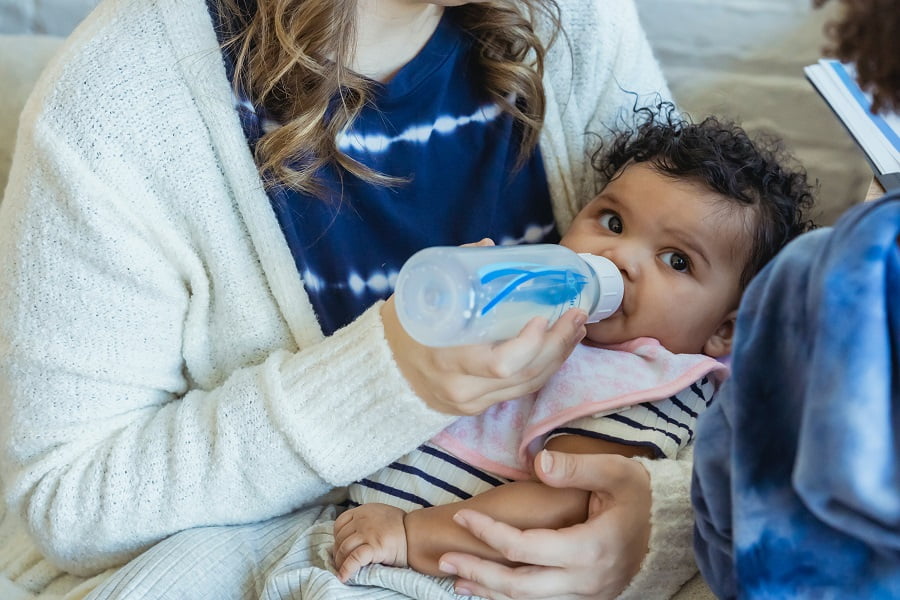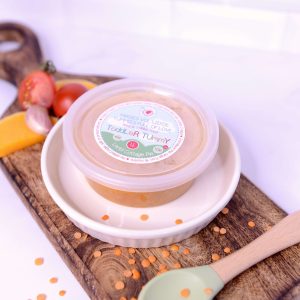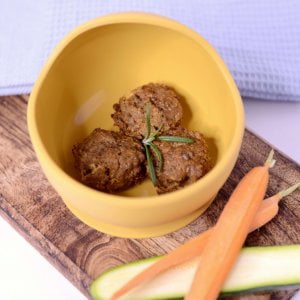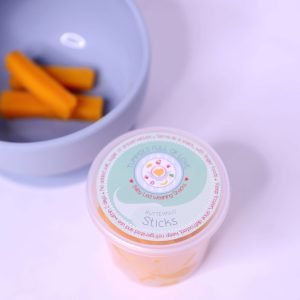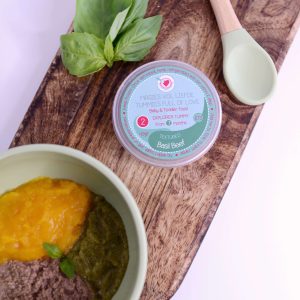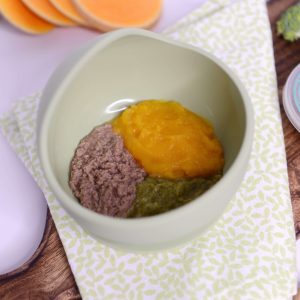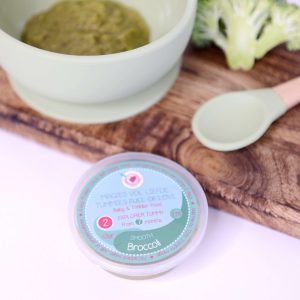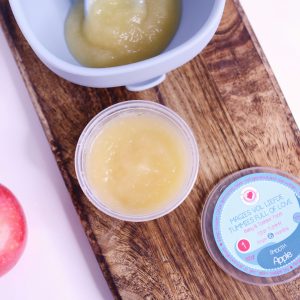At Good Night we look at sleep in a holistic manner. What does that mean? We do not look at sleep in isolation, but we refer to all the building blocks of sleep – one being Nutrition. Not only the food and milk intake but also the method of intake. One of the recommendations we make is to remove night feeds once your toddler is old enough to stretch through the night (meeting the necessary criteria). After the age of 1 year, night feeds are not nutritionally needed anymore. At this age your toddler should be on a balanced diet during the day to get enough calories to stretch through the night.
Also, from 12 months the bottle can become a security and comfort association. If used for soothing when it is time to fall asleep (this creates a negative sleep association). Your toddler forms an attachment to the sucking and it becomes difficult to remove the bottle. This does not mean you have to stop offering milk; the recommendation is to move away from the bottle to another way of drinking milk (sippy/straw cups or even normal cups).
What are the negative effects of using a bottle too long?
- Your toddler uses it as emotional comfort and will wake up frequently, not because of hunger but rather due to the comfort of drinking from the bottle.
- Tooth decay. If your toddler spends most of the day & night with a bottle in their mouth, they are prone to develop tooth decay. This is not something noticed immediately and might only present as a cavity later.
- It can disrupt the position of permanent teeth.
- Having a bottle in the mouth often can impact speech development – not practising saying words enough.
- Laying down drinking can cause fluid to pool at the back of the mouth. This fluid may travel through the tube that connects the throat to the middle ear and cause ear infections.
- Excessive milk may lead to nutrient deficiencies. Children will fill up with milk and then not eat properly.
- Prolonged bottle use by older children where the bottle hangs from their mouths can lead to a lisp in speech due to the tongue being pushed to a forward position the whole time.
- Research shows that children who are still using the bottle at age of 2 years are more likely to be overweight by the time they are 6 years old.
How to eliminate the bottle:
There are two methods one can try, keep in mind it may not be an easy task.
- Gradual Transition: replace the morning/afternoon bottle with another cup first. Then the next one and lastly the bedtime bottle. Alternatively offer water in the bottle and milk in another cup, gradually reducing the water bottles until he/she drinks milk and water from a cup. The last option with the gradual transition is to either dilute the milk with water until there is only water left (remember to still offer milk in another cup) or simply reduce the amount of milk per bottle and offer the rest in a cup.
- You blink and it is gone: this is the cold turkey method and usually the more effective way of doing it. Remember to involve your toddler in this process. Let your toddler put all his bottles in a box and put some stamps on. Tell him that you are going to mail it to the babies who still drink out of a bottle. He is a big boy and he must show them how to drink out of a sippy cup or a cup with a straw (get a fun-coloured straw cup or a cup of his favourite cartoon character). Make a big deal out of this activity. Make sure that the bottles are gone, out of sight, out of mind!
Replacement options:
There is no one size fits all, but at least there are different options:
- Sippy cup: a cup with a lid and spout
- Straw cup
- 360 cup: allows drinking from any side
- Normal open cup
Tips & tricks to remove the bottle:
- It is okay if your toddler does not adjust to the new item at first. Keep on offering it.
- If your toddler is still protesting despite your persistent efforts, try a different cup.
- Prepare yourself for lots of spills.
- Make a big deal out of it – give a lot of praise and fuss.
- Children love to imitate, show them how you do it.
- Have colourful cups or ones with their favourite characters on it.
- If your toddler does not drink the water at first try do dilute it with some toddler juice or flavoured rooibos tea to get them interested. It is important to move back to water if they are used to the new cup (keep in mind of your timing when adding juice/tea – the sugar will impact sleep)
The best idea is to try and introduce a transition or sippy cup at a young age (6-9 months). Offer small quantities of water in the cup. Let them master the new skill before you take away the bottle.
The most important thing to do is remain consistent. No matter how you choose to remove the bottle. To let your toddler cry for the bottle just to give it to them a few days later will teach them nothing. They will learn another skill by knowing no matter what, if I cry enough, I will get it my way. The best thing you can do for your toddler is to push through; children learn quickly and you will be amazed how soon he/she will adapt to the new way of drinking milk.

